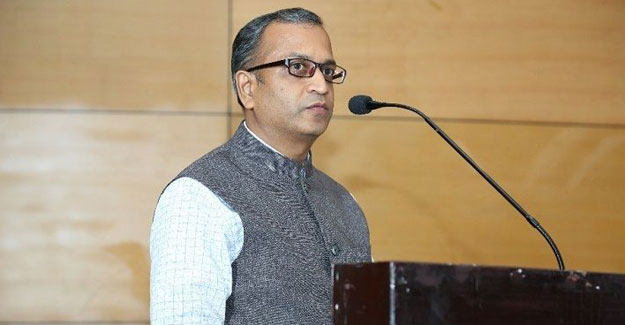
PLI For Textiles : An Opportunity To Build Scale & Specialisation
The Indian textile and apparel sector with US$ 37 billion exports and US$ 85 billion domestic consumption is one of the largest employers in our country. If we capitalise the current China-plus-One opportunity, Indian exports will grow in double digits for next several years and in turn create millions of jobs. PLI Scheme as a game changer Indian apparel sector needs scale, specialisation and competitiveness to capitalise the emerging post-Covid opportunities in global trade. Scale is important to bring down the cost of production; improve productivity levels to match global benchmarks; and hence cater to large orders from markets like USA. With right scale and technology interventions, we can match the manufacturing costs of our competing countries. With growing awareness on social and environmental issues, global buyers are looking for more compliant, sustainable and large factories to place bulk orders; which is very much available in China and Vietnam. We need to create such facilities here in India too. The PLI scheme incentivises scale and also ROCE will be at high levels for companies investing in this scheme. With a condition on incremental sales growth, this scheme ensures continuous investment from the enterprise to reinvest profits to grow the capacity on a continuous basis. We can surely build ten US$ 1 billion companies in the next few years. Specialization India has built a strong ecosystem in cotton apparels; but is lagging behind in establishing an MMF apparel manufacturing eco system. Global fashion is moving towards blends. US annually imports around Rs 3 lakh crore worth of MMF apparels. In this mega market, we have a share of just 2.5 %. PLI exactly addresses the above friction point. Hence, with a focused approach, we can align our sector towards global fashion demands. PLI incentivises the manufacturing of MMF apparel and fabrics. This is a needed change in government’s policy on building specialisation. Instead of having scattered incentives to so many products , it’s time to build specialisation in few products which have huge market opportunity. In India, spinning companies demonstrated world class productivity levels and also built scale. Now it’s time for those companies to invest in weaving/knitting and processing to build a strong MMF ecosystem. Meanwhile, integrated companies can invest in greenfield projects to make MMF apparel and compete with strong players like China and Vietnam in cost. Thus we can build product specific specialisation with better price realisation. India’s largest export item commands just US$ 2-2.5 per unit. With rising costs here, we need to bet on value addition to get better price realisation and that’s possible with focusing on MMF apparels. India can become the fashion capital of the world In the past two years, Indian government has been bringing lot of structural reforms to bring in new energy to the textile sector. We can name PLI as one such structural reform and it’s time for the industry to step in by announcing new projects in this scheme and move on to make India the fashion capital of the world! (Prabhu Damodharan is Convenor, Indian Texpreneurs Federation)
Textile Excellence
If you wish to Subscribe to Textile Excellence Print Edition, kindly fill in the below form and we shall get back to you with details.








